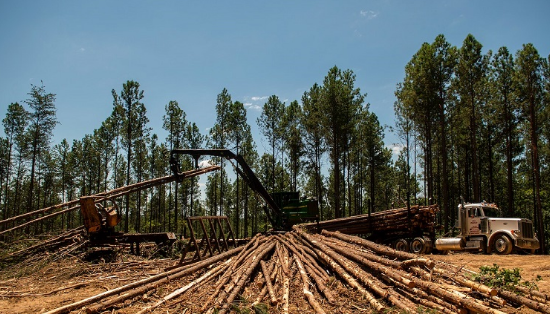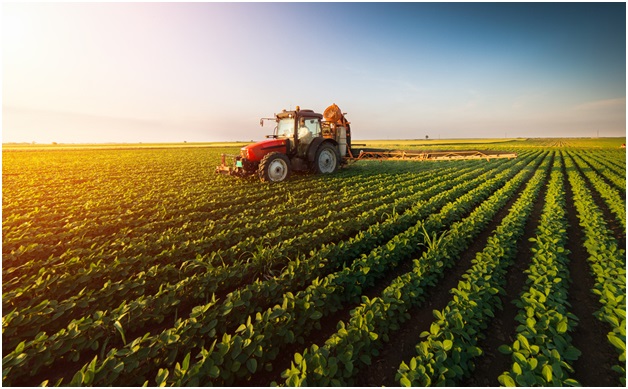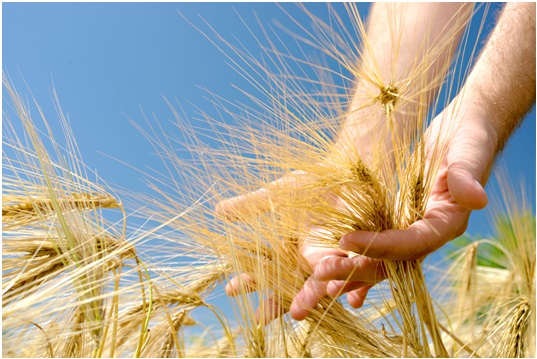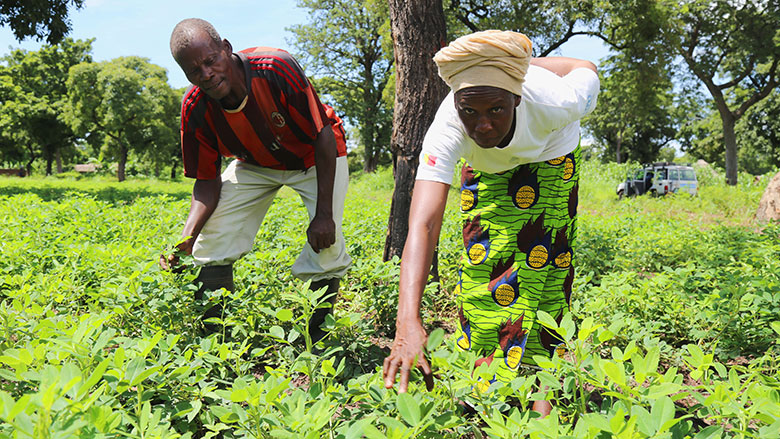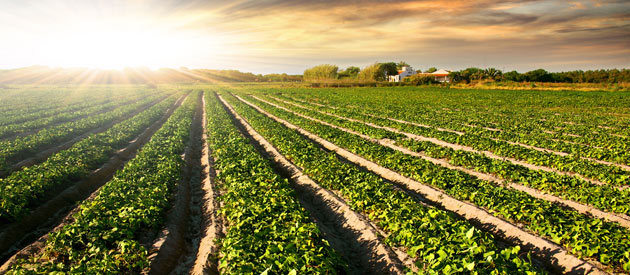In the realm of sustainable agriculture, agroforestry emerges as a beacon of hope, offering a holistic approach that integrates trees and shrubs into farming landscapes. By combining agricultural crops with trees and sometimes livestock, agroforestry practices not only enhance ecological resilience but also promote economic viability for farmers. In this exploration, we delve into the multifaceted benefits of agroforestry and how it serves as a powerful tool in fostering sustainable farming practices.
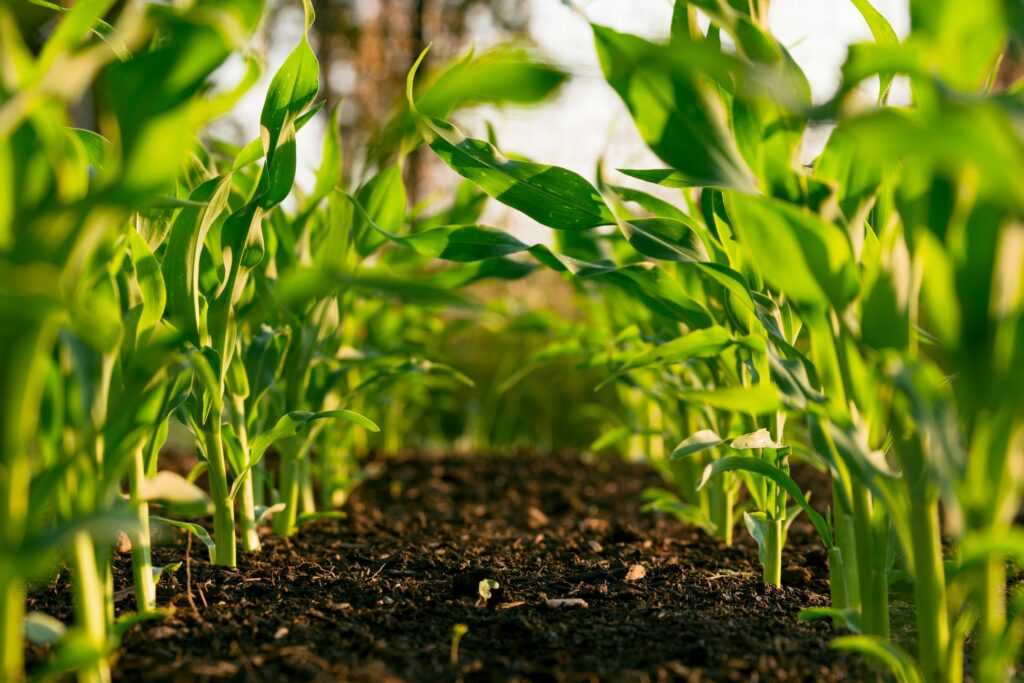
Understanding Agroforestry
Agroforestry is a dynamic land-use management system that integrates trees and shrubs into agricultural settings. Unlike traditional monoculture farming, which focuses on growing a single crop, agroforestry encourages the cultivation of diverse species within the same space. This deliberate integration of woody perennials with crops or livestock creates a symbiotic relationship where each component provides benefits to the others.
Promoting Biodiversity and Ecosystem Health
One of the primary advantages of agroforestry is its ability to enhance biodiversity and ecosystem health. By incorporating trees into agricultural landscapes, farmers create microhabitats that support a wide array of flora and fauna. The diverse canopy structures and root systems of trees contribute to improved soil health, water retention, and nutrient cycling. Additionally, the presence of trees provides shelter and nesting sites for beneficial insects, birds, and other wildlife, thus promoting natural pest control and pollination services.
Enhancing Soil Fertility and Nutrient Cycling
Agroforestry practices play a crucial role in improving soil fertility and nutrient cycling. Trees, with their deep root systems, help to anchor soil, prevent erosion, and promote soil aggregation. Furthermore, certain tree species are capable of fixing atmospheric nitrogen, enriching the soil with this essential nutrient. As trees shed leaves and other organic matter, they contribute to the accumulation of organic carbon in the soil, fostering a nutrient-rich environment for crop growth. The cycling of nutrients between trees and crops in agroforestry systems minimizes the need for external inputs such as synthetic fertilizers, thereby reducing the environmental impact of farming operations.
Mitigating Climate Change and Building Resilience
In the face of climate change, agroforestry emerges as a resilient farming practice that mitigates its adverse effects. Trees act as carbon sinks, sequestering carbon dioxide from the atmosphere and storing it in biomass and soil organic matter. By increasing tree cover on agricultural land, agroforestry systems help offset greenhouse gas emissions while also reducing the vulnerability of farms to extreme weather events such as droughts and floods. Moreover, the presence of trees in agroforestry landscapes moderates microclimatic conditions, creating a more stable and conducive environment for crop growth.
Diversifying Income Streams and Improving Livelihoods
Agroforestry offers farmers the opportunity to diversify their income streams and improve livelihoods. In addition to traditional agricultural crops, trees cultivated in agroforestry systems can yield a variety of products such as fruits, nuts, timber, and medicinal plants. These additional sources of income provide financial stability and resilience, especially in regions prone to market fluctuations or crop failures. Furthermore, agroforestry promotes value-added activities such as agro-processing and eco-tourism, creating employment opportunities and stimulating rural economic development.
Case Studies in Agroforestry Success
Numerous case studies around the world demonstrate the effectiveness of agroforestry in promoting sustainable farming practices. For example, in sub-Saharan Africa, farmers practicing agroforestry have reported increased crop yields, improved soil fertility, and enhanced resilience to climate variability. Agroforestry systems such as alley cropping, where rows of trees are planted alongside rows of crops, have been successfully implemented in regions facing soil degradation and food insecurity. Similarly, in Southeast Asia, integrated agroforestry models combining fruit trees with rice cultivation have shown promising results in increasing farm productivity and income while conserving natural resources.
In conclusion, agroforestry stands as a cornerstone of sustainable farming practices, offering a holistic approach that balances ecological, economic, and social dimensions. By integrating trees and shrubs into agricultural landscapes, agroforestry promotes biodiversity, enhances ecosystem services, improves soil fertility, mitigates climate change, and diversifies income streams for farmers. As the global community seeks solutions to the challenges of food security, environmental degradation, and climate change, agroforestry emerges as a potent strategy that embodies the principles of sustainability and resilience in farming.
Through continued research, investment, and adoption, agroforestry has the potential to transform agricultural landscapes worldwide, ensuring a more sustainable and equitable future for generations to come.

